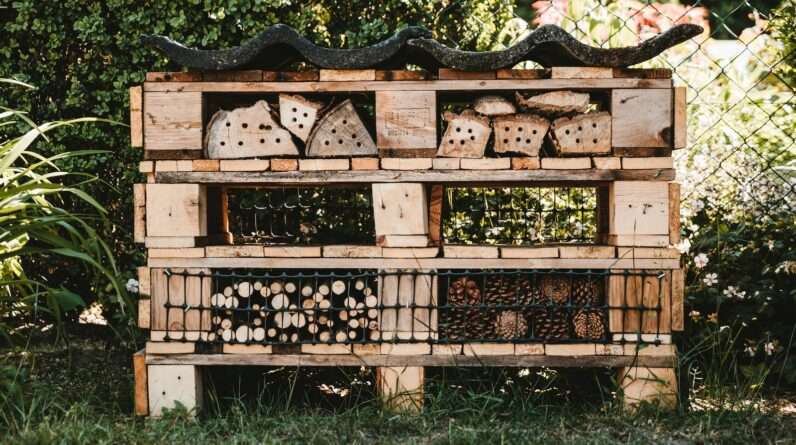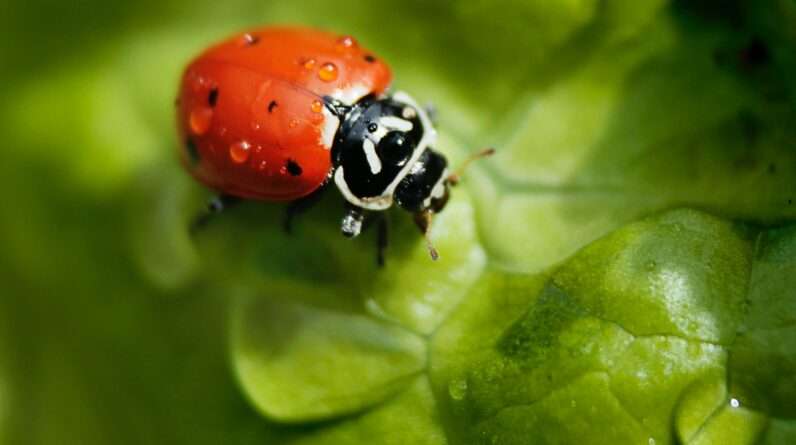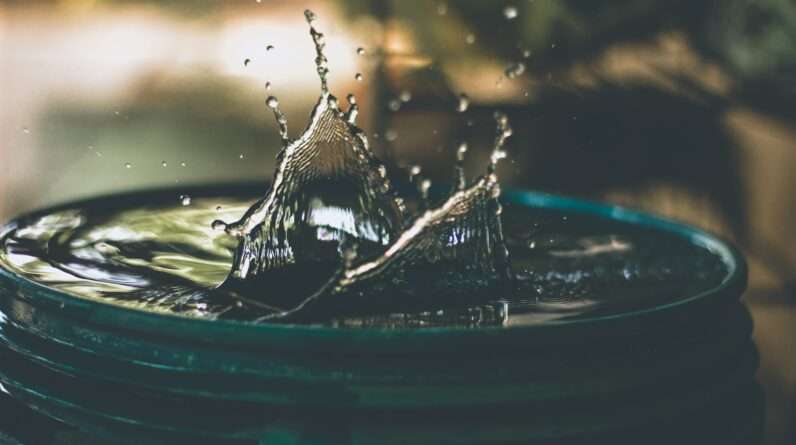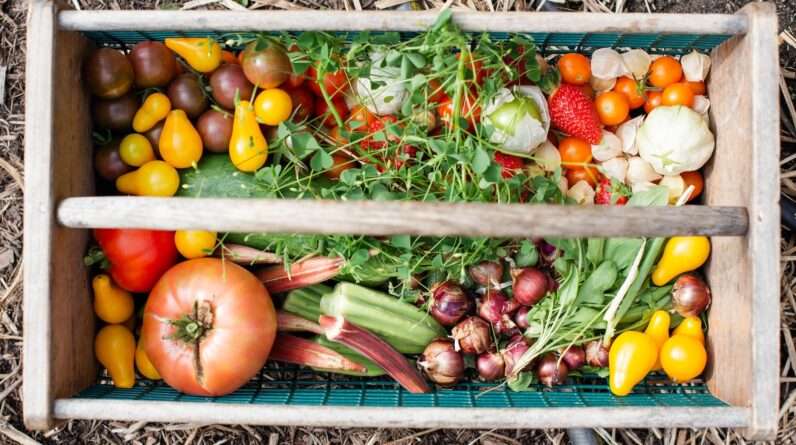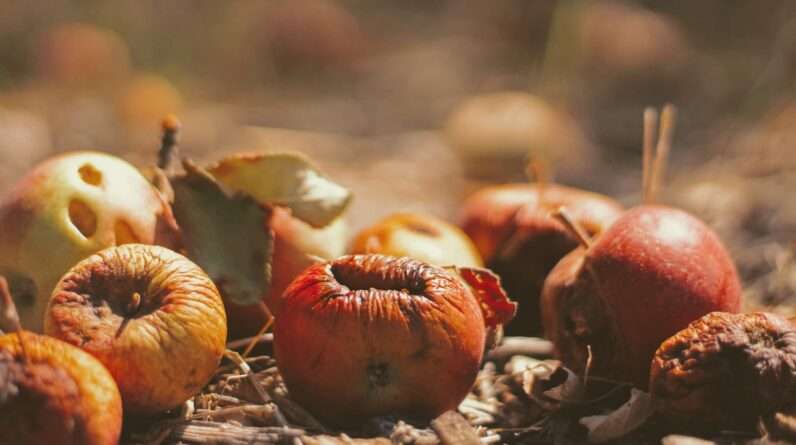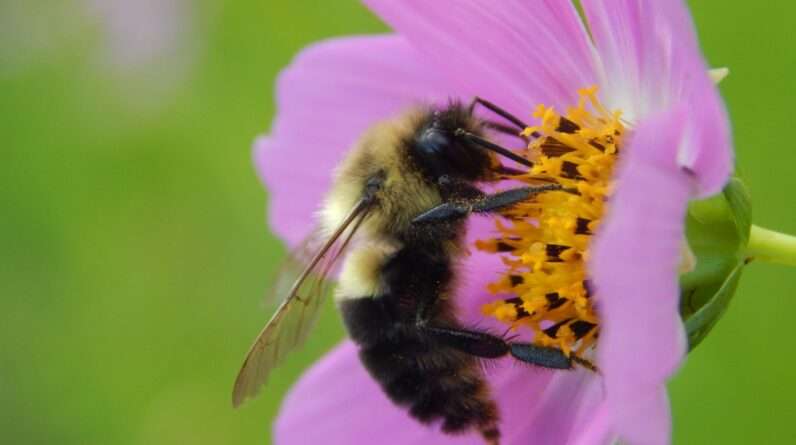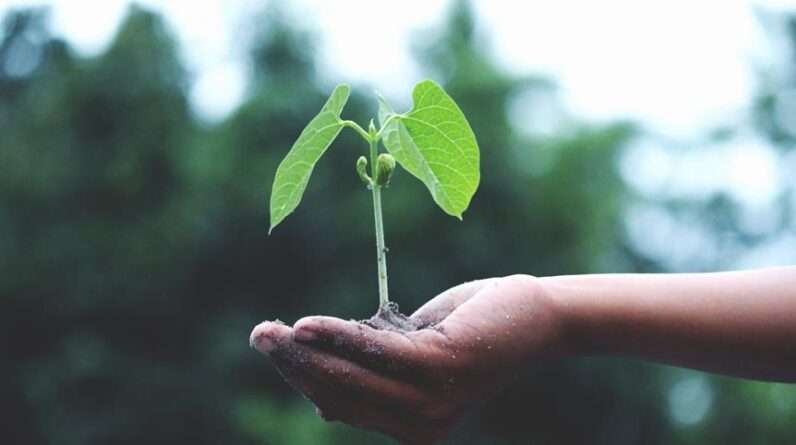
Are you tired of only being able to garden during certain seasons? Do you dream of fresh produce all year round? Well, the secret to year-round gardening is here: sustainable greenhouses.
These innovative structures offer a solution for growing plants in any weather, giving you the ability to enjoy a bountiful harvest no matter the season.
In this article, we will explore the benefits and practical tips for successful year-round gardening in sustainable greenhouses, so you can serve yourself and your loved ones with fresh, homegrown goodness whenever you desire.
Key Takeaways
- Sustainable greenhouses enable year-round gardening and provide fresh produce regardless of the season.
- They offer protection against extreme temperatures, pests, and diseases, ensuring healthier plants.
- Greenhouses allow for control over water and nutrient levels, supporting sustainable practices such as rainwater collection and organic fertilizers.
- Proper design and equipment, along with sustainable maintenance practices, are essential for successful year-round gardening in greenhouses.
The Benefits of Sustainable Greenhouses for Year-Round Gardening
You can enjoy fresh produce all year round by utilizing sustainable greenhouses. These structures are designed to create the perfect environment for growing plants, regardless of the weather outside.
One of the key benefits of sustainable greenhouses is that they provide protection against extreme temperatures, ensuring that your plants stay healthy and productive. They also shield your plants from pests and diseases, reducing the need for harmful chemicals.
In addition, greenhouses allow you to control the amount of water and nutrients your plants receive, leading to higher yields and better quality crops. By using sustainable practices, such as collecting rainwater and using organic fertilizers, you can further enhance the environmental benefits of your greenhouse.
Now, let’s explore the key considerations for designing a sustainable greenhouse.
Designing a Sustainable Greenhouse: Key Considerations
Consider the location and orientation of your greenhouse to maximize sunlight exposure and promote optimal growing conditions.
When designing a sustainable greenhouse, it’s crucial to choose a location that receives ample sunlight throughout the day. South-facing locations are ideal as they receive the maximum amount of sunlight. Avoid areas shaded by trees, buildings, or other structures that could obstruct sunlight.
Additionally, consider the orientation of the greenhouse. By aligning the longer side of the structure with the east-west axis, you can ensure that the plants receive even sunlight exposure throughout the day. This will help promote healthy growth and increase the yield of your crops.
Remember to regularly monitor and adjust the location and orientation as the seasons change to maintain optimal sunlight exposure for your greenhouse.
Essential Tools and Equipment for Year-Round Gardening in Greenhouses
When it comes to year-round gardening in greenhouses, it’s essential to have the right tools and equipment to ensure successful and productive growth. Having the proper tools not only simplifies the gardening process but also maximizes the potential of your greenhouse. Here are three essential tools and equipment you should consider:
- Ventilation system:
- Install exhaust fans to regulate temperature and humidity levels.
- Utilize vents and louvers to allow fresh air circulation.
- Use automatic controllers to maintain optimal conditions.
- Irrigation system:
- Install drip irrigation to provide a consistent water supply.
- Use timers and sensors to ensure efficient water usage.
- Consider using a water filtration system to prevent clogs and maintain water quality.
- Lighting system:
- Install LED grow lights for supplemental lighting.
- Use timers to mimic natural daylight cycles.
- Opt for energy-efficient lighting options to reduce costs.
With the right tools and equipment, you can create an environment that promotes healthy plant growth and ensures year-round harvests in your greenhouse.
Sustainable Practices for Maintaining a Healthy Greenhouse Environment
If you want to maintain a healthy greenhouse environment, it is important to implement sustainable practices such as recycling water and using organic fertilizers. By doing so, you not only contribute to the well-being of your plants but also minimize your environmental impact. Recycling water helps to conserve this precious resource and reduce your water bills. Organic fertilizers, made from natural materials, provide essential nutrients to your plants without the harmful chemicals found in synthetic fertilizers. Additionally, you can incorporate sustainable practices such as composting and using integrated pest management techniques to further enhance the health of your greenhouse. By adopting these practices, you are not only serving your plants but also serving the environment and future generations.
| Sustainable Practices | Benefits |
|---|---|
| Recycling Water | Conservation of resources, cost savings |
| Using Organic Fertilizers | Healthier plants, reduced chemical pollution |
| Composting | Nutrient-rich soil, waste reduction |
| Integrated Pest Management | Natural pest control, reduced pesticide use |
Maximizing Crop Yield: Tips for Successful Year-Round Gardening in Greenhouses
To maximize your crop yield year-round in greenhouses, it’s important to implement effective strategies such as optimizing light exposure and regulating temperature and humidity levels. Here are some practical tips to help you succeed in your year-round gardening endeavors:
- Light optimization:
- Use reflective materials to maximize light distribution.
- Install supplemental grow lights to ensure sufficient light during winter months.
- Adjust the position of plants to ensure proper light exposure.
- Temperature regulation:
- Install a ventilation system to control temperature and prevent overheating.
- Use shading techniques to reduce excessive sunlight and prevent heat stress.
- Install a heating system to maintain optimal temperature during colder months.
- Humidity control:
- Use misting systems to increase humidity levels when necessary.
- Install dehumidifiers to prevent excessive moisture and minimize disease risks.
- Regularly monitor and adjust humidity levels to create an ideal growing environment.
Frequently Asked Questions
How Much Does It Cost to Build a Sustainable Greenhouse for Year-Round Gardening?
To build a sustainable greenhouse for year-round gardening, it costs a significant amount. Factors such as size, materials, and additional features will affect the price. Consult with professionals to get an accurate estimate tailored to your specific needs.
Can I Use a Sustainable Greenhouse for Growing Vegetables and Flowers at the Same Time?
Yes, you can definitely use a sustainable greenhouse for growing vegetables and flowers at the same time. It provides the perfect environment to nurture both types of plants throughout the year.
Are Sustainable Greenhouses Suitable for Small-Scale Gardening?
Yes, sustainable greenhouses are suitable for small-scale gardening. They provide a controlled environment for your plants, allowing you to grow vegetables and flowers year-round. With proper care and maintenance, you can have a thriving garden in your sustainable greenhouse.
What Are the Best Greenhouse Coverings for Year-Round Gardening?
The best greenhouse coverings for year-round gardening are polycarbonate panels, which are durable and provide excellent insulation, and double-layered polyethylene film, which is cost-effective and offers good light transmission.
How Do Sustainable Greenhouses Contribute to Reducing Carbon Emissions?
Sustainable greenhouses contribute to reducing carbon emissions by using renewable energy sources, such as solar power, for heating and electricity. They also optimize water usage and prevent soil erosion, making them environmentally friendly options for year-round gardening.






